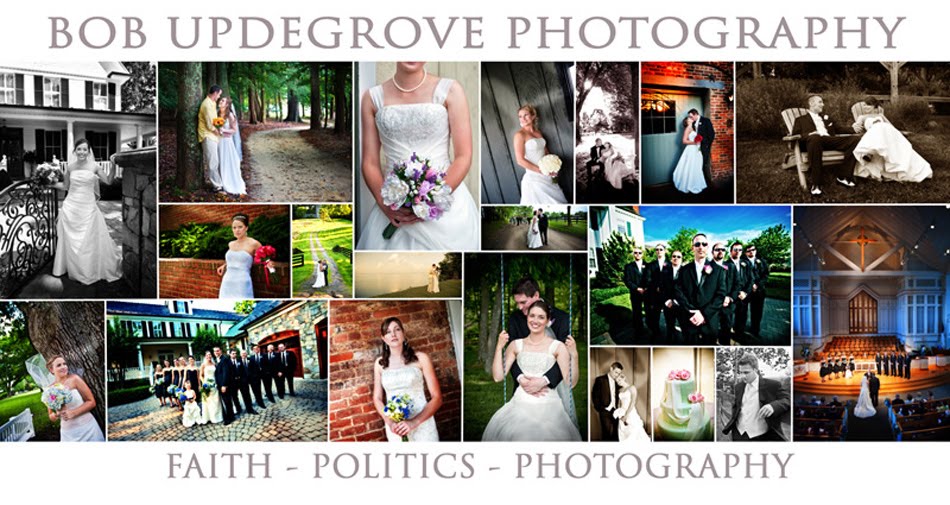Flash Photography
(Macworld must be reading my mind. This session is dealing with flash photography, and right in time Macworld online posted an article dealing with the same subject. I would encourage you to read it, but I will go over some of the things they mention in my own article below.)
Probably nothing is more confusing and frustrating for photographers, even the most seasoned ones, than flash photography. When to use it, how to use it, how to make it look natural, how to get the most out of your flash . . these are the things that fill volumes of books and pack expensive seminars and workshops. All of that to say that if you are looking for quick easy ways to master flash photography, that just won't happen. You have to experiment over and over again, in different environments and conditions, mindful of what you are doing each time. There is a big gap between reading and watching how to do it versus actually going out and putting it into practice. Nothing beats practice and just playing around. The nice thing with digital and on camera monitors is that you can instantly see what is happening with each shot, making adjustments as you go. So practice. I will give you a few hints below, some which are also covered in the Macworld article I mentioned above. But you will have to go out in the field and practice using some of these techniques in order to see for yourself what works and what doesn't.
First of all, when it comes to using flash indoors, I always shoot with the camera in manual mode (as opposed to aperture or shutter priority, or auto. Manual mode gives you much more control over the shutter and the aperture. Typically I will set the aperture somewhere between the largest aperture (2.8 on most of my lenses). I want the most light possible to come through the lens. Usually the smallest aperture I will use is 5.6. I'll opt for 5.6 over the 2.8 when I am shooting group shots or if I have the ISO cranked up.
Secondly, in most cases you will want your flash to be set to "ttl" or "i-ttl". TTL stands for "through the lens". Basically your camera is determining the proper exposure based on the light coming through the lens. This includes the light coming from the flash. With TTL, your camera will moderate how much light is being emitted from the flash. Generally speaking, TTL is pretty accurate, so in most cases that is what you want to use. There are occasions where it is best to set flash to manual for more control, but for introductory purposes, leave it at TTL.
Shutter speed is where you can really change the affect of flash photography. I will typically shoot with my shutter speed set at around 60 or 90 for my longer lenses, and at about 30 or 60 with my wider angle lenses. The slower your shutter speed, the more ambient light you are allowing to affect the image; but the slower the shutter speed, the more blur you will get in your image. With flash however, you can freeze movement within that blur. Without getting too technical, the light coming from your flash unit comes with a burst that lasts something like 1/100,000 of a second. That is a lot quicker than your shutter speed of let's say 1/15 of a second. So at 1/15 of a second, your image is pulling in ambient light (and possibly blur, depending on how much movement there is), but the flash will take place during only a fraction of that 1/15 time, freezing whatever movement was taking place in that 1/100,000 timeframe.
I know this might sound confusing, which is why you need to experiment for yourself to see how just changing your shutter speed will affect your flash images. Just keep this in mind: the slower your shutter speed, the more ambient light is being used. You know how your flash images can look really dark in the background, while everything close to you is brightly lit. If you shoot with a fast shutter speed, you are relying on your flash to completely light the scene. Your flash will only light so much. By using a slower shutter speed, you are letting more ambient light affect the scene, so your background will start to show up, not because it is being lit by the flash, but because of the ambient light.
So set your camera to manual mode, set your aperture to something like f4 or f5.6, then play with your shutter speed between 1/125 all the way down to maybe 1/10 of a second. Try it with subjects that are fairly stationary versus subjects that are moving. Maybe experiment as well with your ISO as well. Try it at 200, then 400, then 800, then at 1600.
On more setting your camera might have (see you camera manual for this) for flash photography is something called "rear curtain". By default your camera is usually set with this turned off. When off, when you shoot with flash, the flash goes off at the beginning of the exposure. That 1/100,000 flash will happen during the first part of the 1/60 of a second exposure, freezing any movement before the movement takes place. With rear curtain, the flash is emitted at the end of the exposure, or at the end of the movement. For most images, this is a more natural looking effect. I keep my setting at rear curtain all the time.
Next session will go over some techniques that will help give you more natural flash lighting.

No comments:
Post a Comment